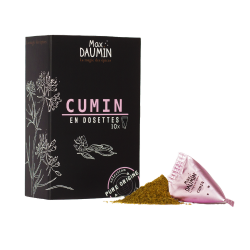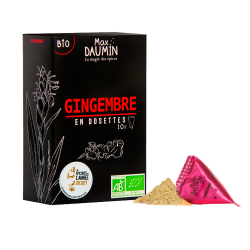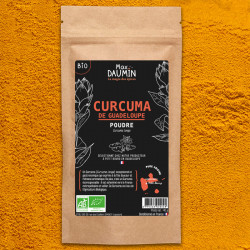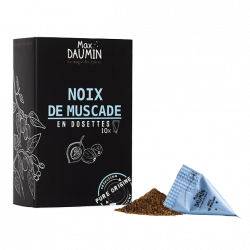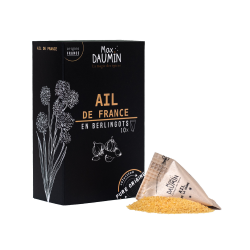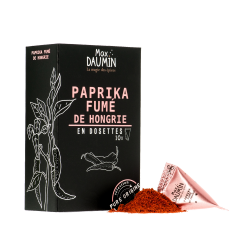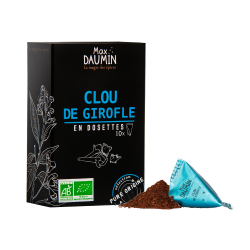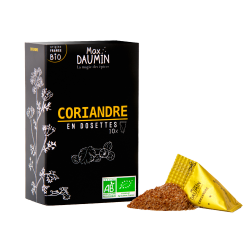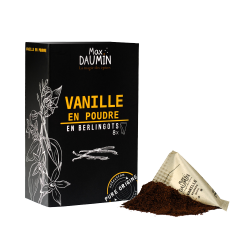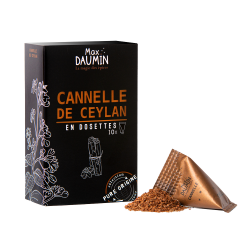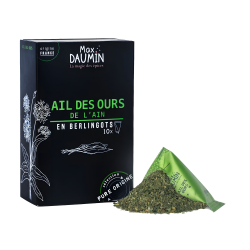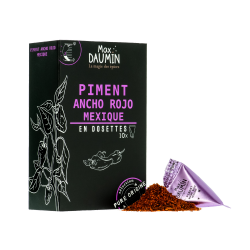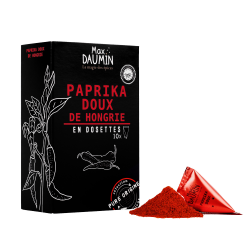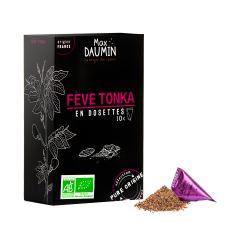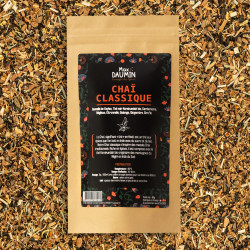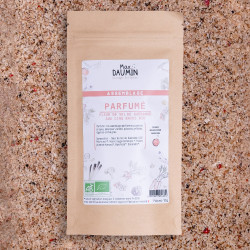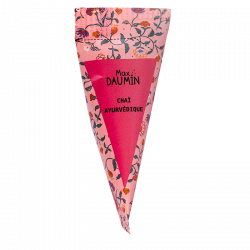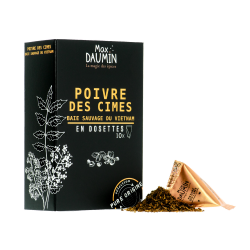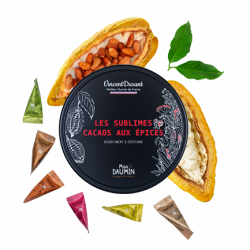Organic turmeric from Madagascar
Our turmeric from Madagascar will deliver a powerful bouquet of musky and delicately bitter flavors. It comes from organic farming.
All these flavors are carefully stored in our berlingot. Turmeric goes wonderfully with pepper, ginger, coriander, cardamom, cinnamon.
-
Net weight : 23g
-
Usage : Rice, vegetables, legumes, fish, shellfish, meats, sauces.
-
Label : Organic Agriculture

-
Dimensions :
-
Recyclable box and berlingots : Sorting paper / cardboard


History
Plant & perfume
Turmeric (Curcuma longa), used for its aromatic roots, is part of the Zingiberaceae family (Ginger, Galanga, Cardamom in particular). Grown in the open field, turmeric plants have large, almost emerald green leaves that are up to one meter high. Turmeric is mainly produced in India, China and Africa.
Beyond its sumptuous golden color, it will add delicately bitter, musky and peppery flavors to your dishes. A major spice, it is used in the composition of many mixtures and gives the yellow color to your curries.
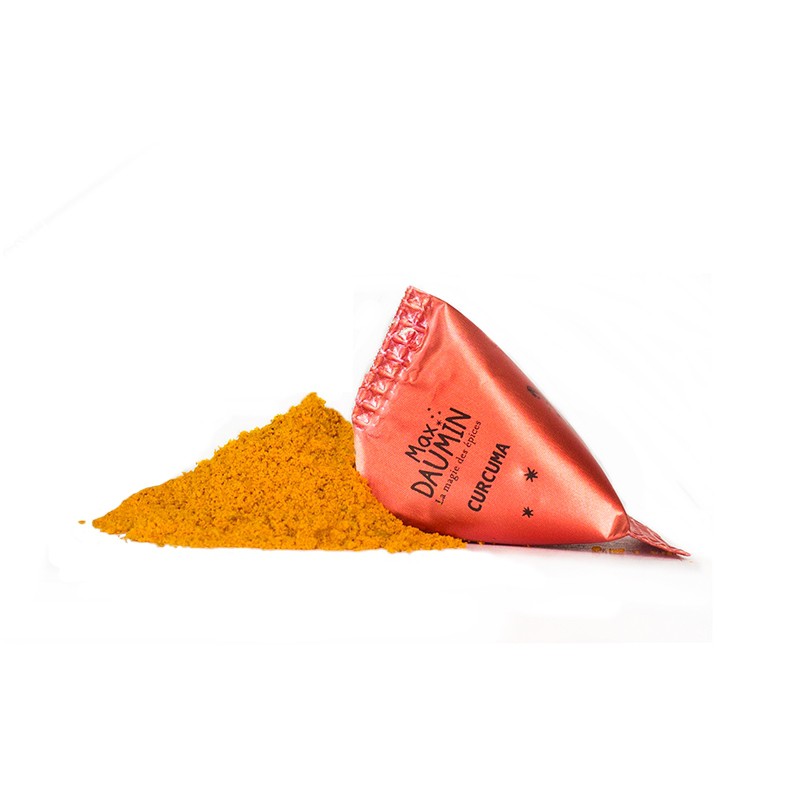

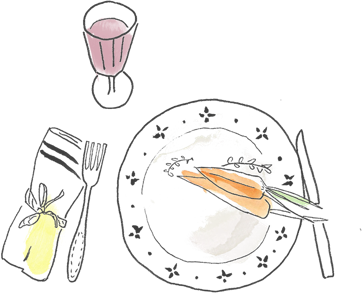
Benefits
Cooking and Virtue
Also called Indian saffron, the Indians use it every day and in many dishes. In our kitchen, turmeric goes perfectly with vegetables, quinoa, rice, fish and shellfish, meats and sauces. It is also original and surprising in desserts, pineapple salad with ginger and turmeric, for example, or in drinks such as golden milk (coconut or almond milk, turmeric and pepper). With its delicate bitterness, it reduces the acidity of certain dishes.
Used for millennia for its various virtues, it assimilates all the better if it is associated with piperine (compound of pepper).

Origins
A long journey
The cradle of Turmeric is the south-east of India. Its cultivation then spread to China, part of Asia and Africa. During the first millennium, the Austronesians introduced it to Madagascar along with rice, coconut and yam.
The origin of our turmeric is located in the Vatovavy-Fitovinany region in Madagascar, which enjoys a favorable climate for its cultivation. Harvesting takes place from January to March. When mature, the stems and leaves of the plants dry out after flowering. The rhizome is then dug up, brushed and then washed with clear water. The sliced turmeric is then dried in the sun.


Frequently asked questions

You might also like

13 other products in the same category:

Customers who bought this product also bought:









